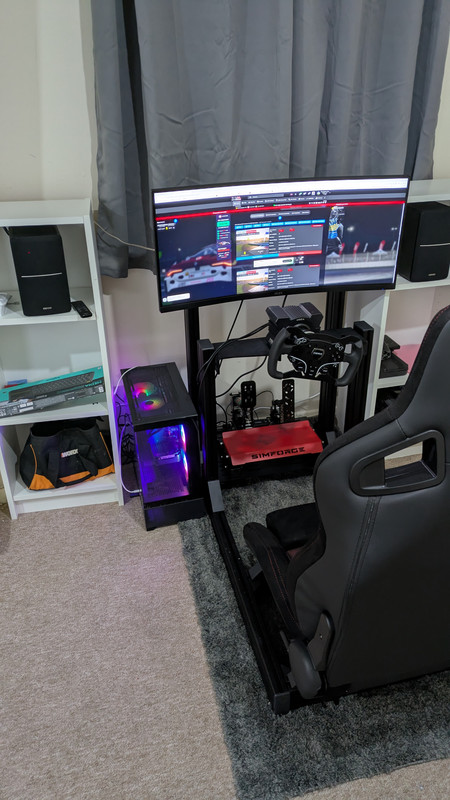No worries, as long as you understand I’m only joking.
My own 9070 XT is at best adequate for overclocking it can run Steel Nomad all day at -80mV and 2730 VRAM. Yet some games crash and show VRAM performance drops at anything above 2700 and -45mV.
Though for my failed overclocks it can take about a minute to recover, is yours doing this at every driver lockup?
-45Mv global undervolt is honestly above average. Most people saying theirs is stable at ridiculous figures of -100mv or so on every game are probably either lying, or haven’t tested enough.
My Taichi got top 40 in the world on Timespy and Steel Nomad so it’s very good silicon. Could push it as far as -165mv in Timespy without crashing. However, most games are stable around -85 or -80 but there’s a fair few that need -50 or even -45. It’s a very broad spectrum and depends on workload and the individual game. For instance, -75Mv in TLOU Part 2 is stable.
Honestly, a per game undervolt is the way to go, rather than global and forget. You are probably leaving quite a bit of performance on the table in some games that could go much lower. It’s more time consuming because you have to adjust it per game, and you will get crashes until you figure the correct value for that game, but, it’s the best way to ensure maximum performance on a game by game basis.
My VRAM ended up best at 2810. I simply used Memtestvulkan and adjusted the VRAM overclock on the fly until it showed the highest GFLOP throughput. If I went higher it started dropping throughput due to error correction. If I went lower, performance went down.
Last edited:





